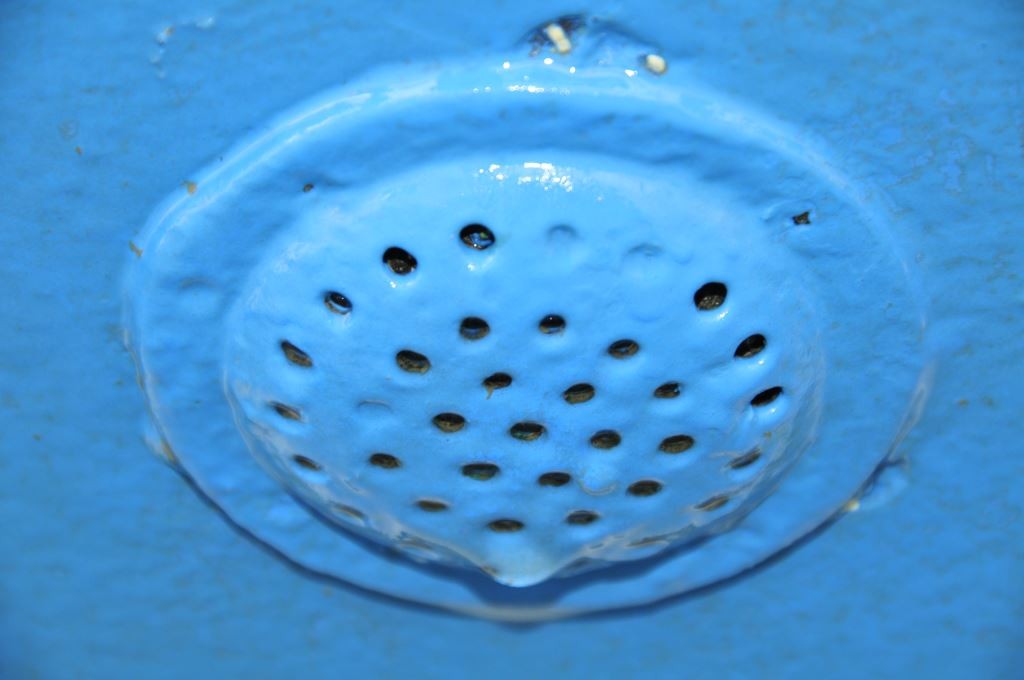Raw water, after lube oil it’s the very life blood of your engine and generator, supplying it with the medium that absorbs and carries away heat from the combustion process. In most applications it’s pumped into the boat via a seacock and external strainer, through a raw water pump and on to the heat exchanger, where it encounters but never makes direct contact with, the engine’s coolant. Finally it’s discharged into the exhaust system, cooling off hot gasses as they leave the engine.
Ensuring that the supply is regular and reliable is among the more important responsibilities a vessel operatorassumes. If it’s impeded, several catastrophes can befall both the engine and the craft. Initially, the raw water pump impeller will quickly self-destruct. Shortly after that, the exhaust system will overheat, rubber hose and fiberglass tubing will burn and melt, eventually they will be pierced by exhaust gasses, which could exceed 1000° Fahrenheit. The gasses, along with soot and other exhaust byproducts, and the remaining atomized seawater and steam, will spew into the engine compartment, damaging anything they come into contact with, especially electrical and electronic components, as well as the engine, which will ingest them. If the exhaust hose fails at the waterline, it could allow water to flood back into the vessel. If the engine is still running at this point, it will overheat. All of this could occur without your knowledge, since the engine will continue to run normally for a few minutes, more than enough time to wreak this havoc.
The accompanying image depicts an external hull strainer, which is designed to prevent large objects from being drawn into the raw water cooling system. Thanks to overzealous paint application, it is impeding the very water flow it’s designed to ensure. Strainers of this sort are notorious for accumulating paint; effectively shrinking the size of their intake holes in the process, slowly reducing raw water flow. Even the smallest obstruction could now stem the flow of water entirely. Making matters worse, this hull strainer is not easily serviceable; removing it requires removal of several small screws, which are also obscured with paint.
Inspect your hull strainers, make sure they are not suffering from paint overload, and ideally select strainers that are easily serviceable, requiring no tools to be opened while ashore or afloat by a diver.



